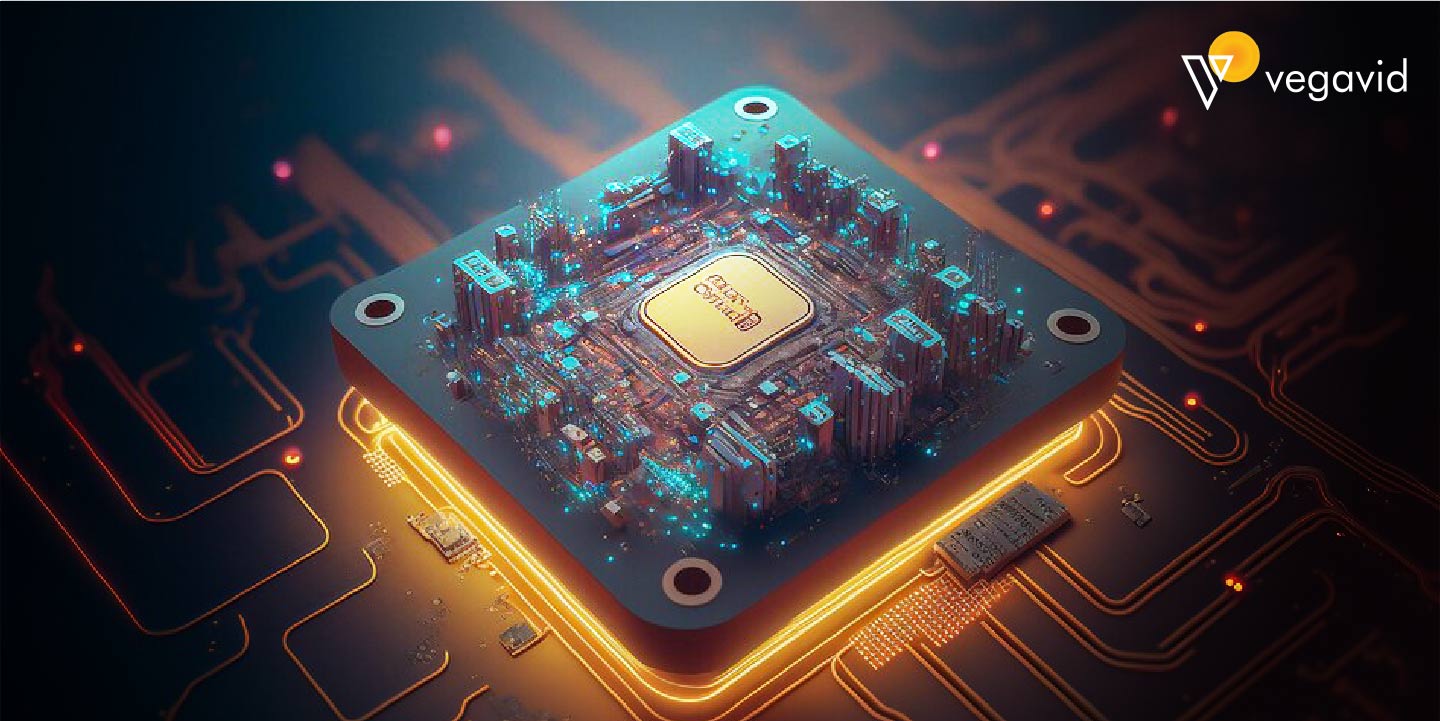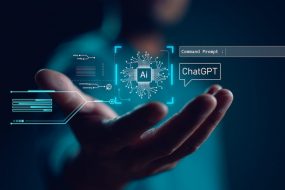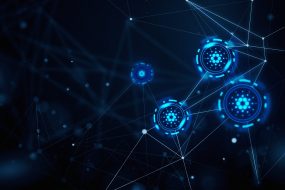
With their impressive generation abilities, diffusion models have generated a lot of buzz in recent years. However, only a few realize these models are dynamic – they can continue evolving and improving through additional training. Participating in diffusion model training can provide valuable insights for researchers, engineers, and tinkerers curious about AI.
Training a diffusion model is a sophisticated process that lies at the intersection of machine learning and probabilistic modeling. It involves teaching a generative model to progressively refine its understanding of data patterns by iteratively generating and improving data representations. This method has gained prominence for various applications, from image denoising and completion to natural language generation and more. In this introduction, we’ll explore the fundamental steps and concepts involved in training a diffusion model, shedding light on the intricate art of teaching a model to capture and replicate complex data distributions.
Understanding these techniques is crucial for harnessing the power of diffusion models in cutting-edge machine-learning applications. Whether you’re a seasoned data scientist or a novice looking to delve into advanced generative modeling, training a diffusion model offers exciting insights into the world of probabilistic modeling and data generation. It’s a journey of transforming raw data into insightful, structured representations through iterative learning, and this introduction serves as a starting point for this captivating exploration.
Understanding The Process of training a diffusion model
At a high level, diffusion model training involves fine-tuning a pre-trained model using a new dataset. This additional training is done through an iterative process of generating samples from noise and minimizing a loss function to guide generations toward the target distribution. It’s essential to grasp diffusion techniques like score-based sampling before attempting to train your diffusion model. Familiarizing yourself with the underlying math is critical. Some of the critical steps in this process are-
Getting Your Hardware Ready
Training large transformer-based diffusion models requires considerable computing power. You’ll need a GPU with at least 12GB of VRAM to train most modern diffusion architectures. For more data-intensive projects, multiple GPUs or TPU accelerators are preferable. Properly configuring your hardware and software environment can improve the training process. Take time to validate your setup before starting to train.
Collecting A Suitable Dataset
The quality of your trained diffusion model depends highly on the dataset used. It should be diverse, high resolution, and contain enough samples for the model to learn meaningful patterns. You may collect your dataset or curate it from public sources. Just be wary of legal and ethical implications. Once compiled, preprocess the data for efficient model consumption.
Tuning hyperparameters
Key hyperparameters like batch size, learning rate, and number of training steps significantly impact how effectively a diffusion model learns. It takes experimenting with different values to determine optimal settings for your task and hardware. Make incremental adjustments and continually evaluate model output to refine the setup over many training iterations. Patience and systematic tuning are essential.
With the right approach and resources, training custom diffusion models provides a powerful way to steer generative capabilities in new creative directions. While challenging, those who take the time to master this process will be well-positioned to advance the capabilities of AI further.
Different Sets Of Diffusion Model Curriculum
Diffusion models, a powerful class of generative models, have gained prominence in machine learning and artificial intelligence. These models, which progressively refine data representations through iterative generations, have the potential to revolutionize various domains, from image generation and denoising to natural language processing. However, mastering diffusion models can be a complex journey, and the path to understanding them involves a well-structured curriculum.
These curricula serve as roadmaps for individuals and researchers aiming to delve into the world of diffusion models. They guide the learning process, covering foundational concepts, mathematical intricacies, and practical applications.
By offering distinct approaches and focal points, these curricula cater to a wide range of learners, from beginners seeking a fundamental understanding to experts aiming to push the boundaries of generative modeling. Some curricula emphasize the theoretical underpinnings, while others focus on hands-on implementation and real-world use cases.
Understanding these curricula provides valuable insight into the diverse learning paths for mastering diffusion models. It underscores the adaptability and versatility of these models in addressing many complex data generation and representation tasks, making them an indispensable tool in artificial intelligence. Whether you’re a curious novice or an experienced researcher, the world of diffusion models awaits exploration through tailored curricula designed to meet your learning goals.
- Choosing an architecture – Popular options include DALL-E, GLIDE, DALL-E 2, etc., but you can also customize your own model layers & training loops.
- Loss functions – Typical losses minimize KL divergence between generations and accurate data. You may experiment with weighting perceptual, style, or other losses.
- Initialization – Good practice is to initialize your model with pre-trained weights for faster convergence rather than random.
- Optimization – Popular optimizers are Adam, but larger batch sizes require techniques like LAMB or gradient accumulation.
- Evaluating output – Comparing FID scores, representative samples, and human evaluations over epochs helps quantify progress.
- Continual learning – Even after the initial pass, trained models can improve further with self-supervision or retraining on additional data.
- Novel applications – Once you understand the process, diffusion models are very flexible and can generate new modalities like videos, 3D content, or task-specific datasets.
- Knowledge sharing – Training can advance more quickly if techniques are openly documented for others to learn from or expand upon collaboratively.
Diffusion models are versatile tools in dataset generation, enabling the creation of task-specific datasets for machine learning applications. These models can simulate rare scenarios, preserve privacy, and augment existing datasets, making them invaluable for overcoming data limitations in various domains.
As we navigate the evolving landscape of machine learning and generative modeling, the role of diffusion models in dataset generation and data representation continues to grow. Mastering the intricacies of these models opens the door to innovative applications and transformative possibilities, making diffusion models an indispensable asset in the ever-expanding toolbox of machine learning techniques.
How can diffusion models be used to generate task-specific datasets?
In machine learning and artificial intelligence, the availability of high-quality datasets tailored to specific tasks is often a critical bottleneck. Diffusion models, a class of generative models, have emerged as a powerful solution to this challenge. These models, initially designed for data denoising and generation, are now being harnessed to create task-specific datasets that closely match the requirements of various applications.
This introduction explores the multifaceted role of diffusion models in generating task-specific datasets. Whether it’s image classification, natural language processing, or any other machine learning task, diffusion models offer a novel approach to crafting precisely curated datasets.
By understanding the underlying data distribution and leveraging the generative capabilities of diffusion models, researchers, and practitioners can synthesize data samples that closely resemble real-world observations. This process not only aids in overcoming data scarcity issues but also allows for data generation under specific conditions, scenarios, or contexts. The result is task-specific datasets that cater to the exact needs of model training, evaluation, and validation.
This article will explore the methodologies, benefits, and potential challenges of employing diffusion models for task-specific dataset generation. From data augmentation to privacy-preserving synthetic data, diffusion models are at the forefront of reshaping how we prepare data for various machine-learning applications.
Here are some ways diffusion models could be used to generate task-specific datasets:
- Classification Datasets: Train a model on labeled ImageNet data, then generate new images paired with classes to expand training data for computer vision tasks.
- Translation Datasets: Provide text in two languages to generate paired sentence translations for machine translation models.
- Segmentation Datasets: Start with labeled image maps and generate new photo-realistic images paired with pixel-level semantic segmentations.
- Question-Answering Datasets: Generate questions paired with human-written answers from a knowledge base to expand resources for QA models.
- 3D Datasets: Train a model on shapes/objects from 3D data repositories, then generate new 3D scenes or assets with annotations for robotics, VR, etc.
- Text Generation Datasets: Provide prompts and human-written responses to expand conversational datasets for chatbots and language models.
- Time Series Datasets: Train on accurate sensor data over time, then synthesize new realistic but diverse temporal data for domains like healthcare.
The key is tailoring the training methodology and data modalities to the target application area. Diffusion models’ flexibility allows the generalization of virtually any annotated data needed to advance specialized AI tasks.
Conclusion
Training a diffusion model is a sophisticated and intricate process that demands a deep understanding of probabilistic modeling and machine learning. This powerful generative model, known for its ability to progressively refine data representations through iterative generations, has opened up exciting possibilities in various domains, from image generation and denoising to natural language processing.
Training a diffusion model encompasses several critical steps, including data preparation, selecting an appropriate model architecture, defining a suitable loss function, optimizing parameters, and continuous evaluation. It’s a complex undertaking, but the benefits of achieving proficiency in diffusion model training are well worth the effort.
As machine learning and artificial intelligence continue to advance, diffusion models are becoming increasingly relevant for solving real-world problems and pushing the boundaries of data representation and generation. Their versatility and potential for innovation make them a valuable asset in the machine learning toolkit.
By understanding the intricacies of diffusion model training, researchers and practitioners can unlock new opportunities for data generation, modeling, and problem-solving. Whether you are a seasoned data scientist or an aspiring learner, the knowledge and skills associated with training diffusion models represent an essential step towards mastering advanced generative modeling techniques and contributing to the ever-evolving field of machine learning.









